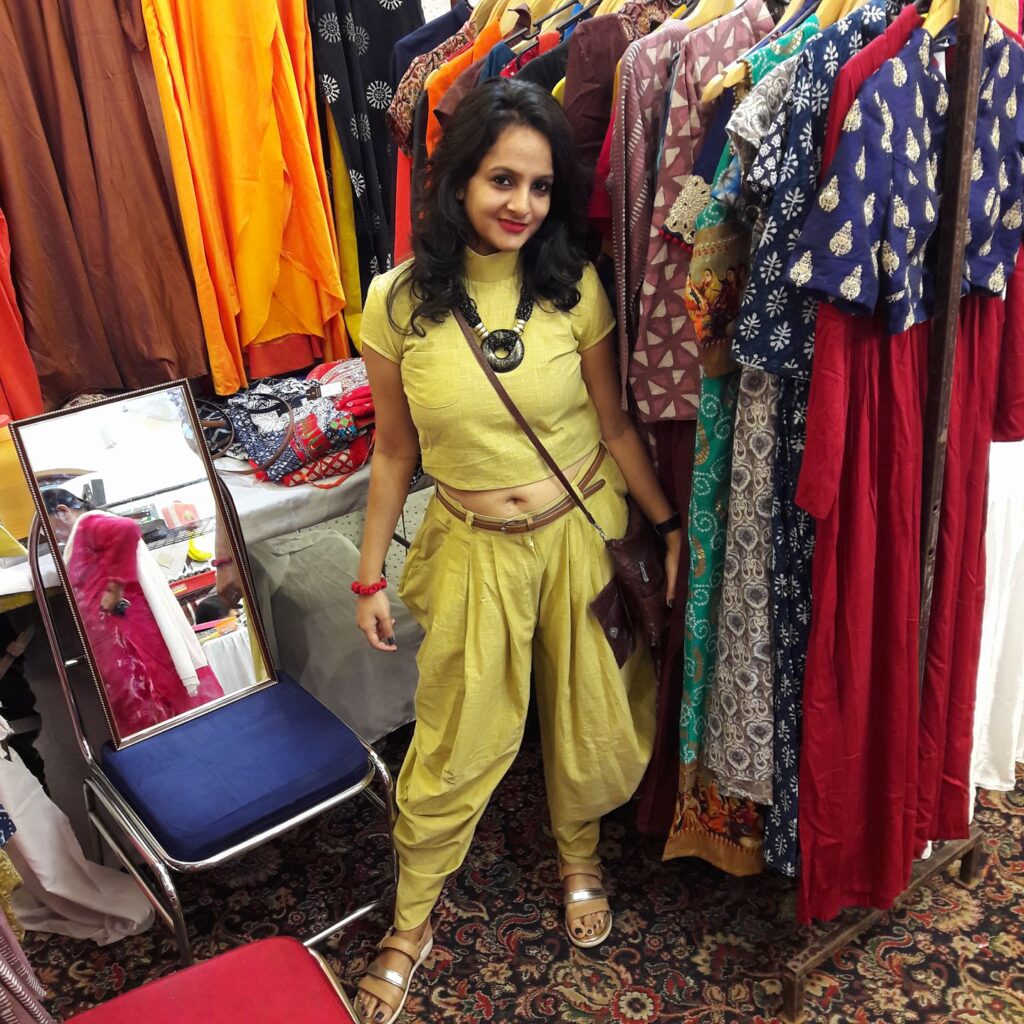Introduction
In 2015, my journey in the clothing Business began. It was more than just a pursuit of a career; it was about following a passion that led me to discover my potential in fashion design and business.
My time at the JD Institute of Fashion Technology was pivotal, opening doors to understanding both the creative and business aspects of fashion. Winning the ‘Best Collection Award’ was not just a triumph but a validation of my skills and dreams, fueling my future endeavors.

How I Started My Clothing Business in Fashion Career
I embarked on my fashion journey with a seed fund of ₹200,000, blending hope with meticulous planning. This initial investment was strategically allocated for market research, procuring quality materials, and setting up a modest yet effective studio, laying a solid foundation for my brand.
Setting Up the Brand in a Small Studio
My small studio, though humble, became a hub of creativity and innovation. Here, I conducted in-depth research on fashion trends and customer preferences, crucial steps in carving out a unique space for my brand in the competitive fashion market.
Designing with Heart and Creativity: Crafting My First Collection
The development of my first collection was a blend of self-exploration and creative expression. Striking a balance between personal creativity and market trends was challenging yet invigorating. It involved extensive drawing, fabric experimentation, and design trials to ensure each piece was not only aesthetically pleasing but also a reflection of my design ethos.
Embracing the Digital World for My Brand
Recognizing the importance of a digital footprint, I established an online store and actively engaged on social media platforms. These digital avenues were essential in transcending geographical barriers, connecting with a global audience, and enhancing my brand’s visibility.
Overcoming Challenges: The Learning Curve
The initial years were a mix of successes and hurdles. Managing production timelines, ensuring quality, and adapting to fast-changing fashion trends were among the challenges that shaped my industry understanding and resilience.
Sourcing and Production: A Commitment to Quality
I prioritized quality in every aspect, from fabric selection to production. My regular visits to Mumbai’s Mangaldas Market weren’t just for sourcing materials; they were about fostering relationships with suppliers and choosing fabrics that resonated with my brand’s quality standards. Collaborating closely with skilled tailors, I ensured that each piece mirrored the high quality and craftsmanship I envisioned.

The Challenges Faced in My Fashion Journey –
Throughout my journey in the fashion industry, I encountered various challenges that tested my resilience and adaptability. Each obstacle presented a learning opportunity and a chance to strengthen my commitment to my career.
- Adapting to a New Environment: Moving to a new city after marriage brought its own set of challenges. It involved understanding a different fashion scene, building a network in an unfamiliar market, and integrating into a new community. This transition required patience, perseverance, and an open mind to embrace new experiences.
- Balancing Personal and Professional Life: One of the toughest challenges was finding a balance between my personal life and my fashion career. It was a continuous effort to manage my responsibilities at home while dedicating enough time and energy to grow my business.
- Navigating Market Trends: Keeping up with ever-changing fashion trends and customer preferences was a constant challenge. Staying relevant and innovative in a competitive market requires continuous research and creativity.
- Building a Brand Identity Establishing a unique identity for my brand in a crowded industry was not easy. It involved a lot of trial and error, understanding what sets my brand apart, and consistently communicating that to my audience.
- Financial Management Managing finances, especially in the early stages of setting up my business, was a significant challenge. Allocating resources wisely, budgeting and financial planning were crucial skills that I had to develop.
Each of these challenges was a stepping stone that helped me grow both personally and professionally. They taught me the importance of resilience, adaptability, and staying true to my vision. Facing and overcoming these obstacles was essential in shaping my path in the dynamic world of fashion.

How can you Start Your Clothing Business: A Step-by-Step Guide
If you also want to learn how to start a Clothing Business in 2024, here’s a step-by-step tutorial video for you –
- Understanding the Market: Begin by deeply analyzing the clothing market. Look at popular trends, consumer spending habits, and preferences. It’s about grasping what people genuinely need and want in their clothing.
- Knowing Your Customers: Identify your target audience. Understand their fashion tastes, spending habits, and style preferences. This knowledge is crucial for creating garments that resonate with your customers.
- Designing Your Clothes: Unleash your creativity in designing your clothing line. Think about what sets your brand apart. You’re not just creating clothes; you’re establishing a unique style and identity.
- Finding the Right Suppliers: Source high-quality materials from reliable suppliers. Building a strong relationship with suppliers is key to the consistent quality of your products.
- Collaborating with Tailors: Work with skilled tailors to bring your designs to life. Initially, outsourcing can be cost-effective, but having an in-house team provides greater control over production.
- Marketing Your Brand: Develop a strong marketing strategy using social media, blogs, and local events to showcase your brand. Highlight what makes your brand unique.
- Setting Up an Online Store: Establish a user-friendly website for your brand. A well-designed online store is often the first interaction customers have with your brand, so make it impactful.
- Managing Finances: Keep a close eye on your financials. Track all expenses and income to understand your business’s financial health. Setting a realistic budget is crucial for sustainable growth.
- Staying Flexible and Adaptable: The fashion industry is dynamic, so it’s crucial to stay adaptable to new trends and customer preferences. Keep innovating and evolving your brand while staying true to your core values and vision.
Conclusion
Starting a clothing business is not just a venture into the world of fashion; it’s a journey of passion, creativity, and personal growth. From understanding the market dynamics to creating a unique brand identity, every step is an opportunity to learn and evolve. Embracing the digital landscape is key in today’s world, enabling you to reach a broader audience and establish a strong online presence.
The challenges and triumphs I faced on my journey were invaluable in shaping my approach to the fashion industry. They taught me the importance of resilience, adaptability, and staying true to my vision. Whether it’s through the quality of materials, the uniqueness of designs, or the strength of customer relationships, every aspect of your clothing business should reflect your commitment to excellence.
Remember, your journey in fashion is unique. Embrace it with an open mind and heart. Stay committed to your vision, be ready to adapt to change, and always keep your customers at the forefront of your decisions.
With these principles, you too can carve out a successful path in the dynamic and exciting world of fashion.
Are you considering starting your fashion brand?
If so, I’d love to share insights and discuss how you can navigate this exciting path! Comment below. Also, you can read the blog post for more updates


